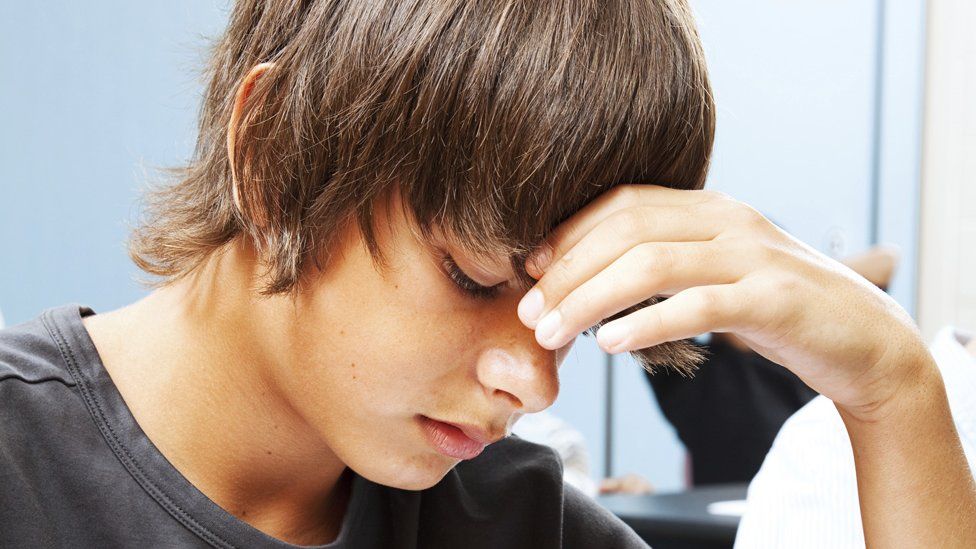
In a society where of 5% of the world’s population over the age of 18 suffers from mental disorders such as depression and anxiety, cognitive behavioral therapy has become a popular topic.
What is it?
Cognitive behavioral therapy (CBT) is the product of combining two therapy methods and two psychological schools of thought. Behavioral therapy assumes that every individual is born with a blank slate and learns to adapt themselves to their surroundings, thus creating the building blocks of their personal conduct. In excess or lack, this manner of adapting becomes harmful for the person, coining the term maladaptive. The therapy targets those excesses by studying how you respond to different environmental triggers.
Cognitive therapy focuses on analyzing your thought patterns that contribute to your condition. It processes those distortions like severe pessimism and corrects them. When combined, both therapies addresses different aspects of human response and triggers and recalibrates them to alleviate your mental condition. This science applies to a multitude of mental disorders ranging from mood and anxiety disorders (such as depression and obsessive compulsive disorder) to mental disorders (such as schizophrenia).
Early Application of CBT for Anxiety and Mood Disorders
Research has proved that behavioral therapy for mood disorders such as general anxiety and major depression can be as effective as medication used to treat such conditions. It became the first choice of individuals who wish or cannot take medicine in order to treat themselves of such.
Cognitive behavioral therapy is above all else an educational approach towards the conditioning of an individual’s behavior and habits. Given the fact that such therapy usually requires a prolonged and steady treatment generally ranging between 14 to 16 weeks, early application can shorten the treatment period as well as teach the individual useful methods for coping and countering situations similar to those which triggered the maladaptive habituation in the first place.
Early therapy wouldn’t just quicken recovery; it could also prevent future risks the disorder returning if the patient encounters similar situations which triggered the symptoms in the first place.
One of the best and most efficient forms of behaviorisms’ early application is its integration within the high school educational systems. Services such as counselling are already used as a service in most high schools but a behavioral therapy model integrated within the systems used to teach students could generate enormous progress in comparison with such services.
CBT has the ability to break down maladapted elements of one’s behavior and irrational thoughts that paralyze people which often are the main cause of most mood disorders but its success depends on different variables. These include the ability of the therapist, the fit of the specific kind of CBT to the need of the patient, and most importantly, the ability of the patient to stick to the methods discussed during sessions.
Under the light of mental illnesses, it holds the power to lessen the symptoms in order to aid the sufferer adapt in the current society, and in some cases even cure the illness all together. Curing it was shown to be possible especially in the case of early application of this therapy.


